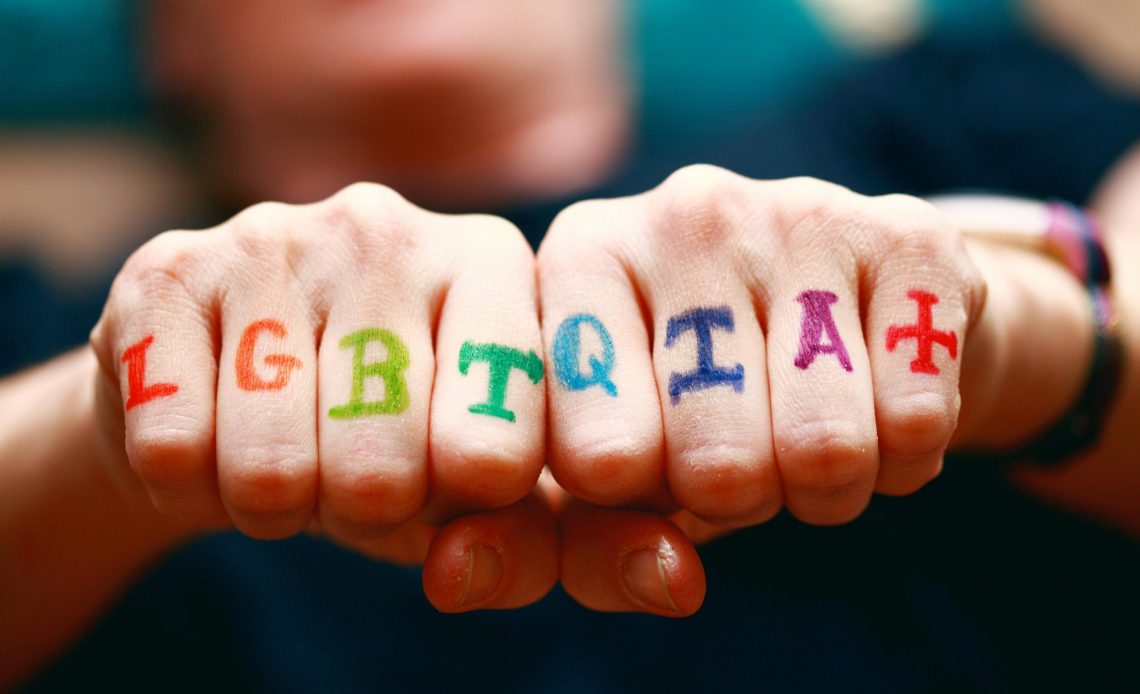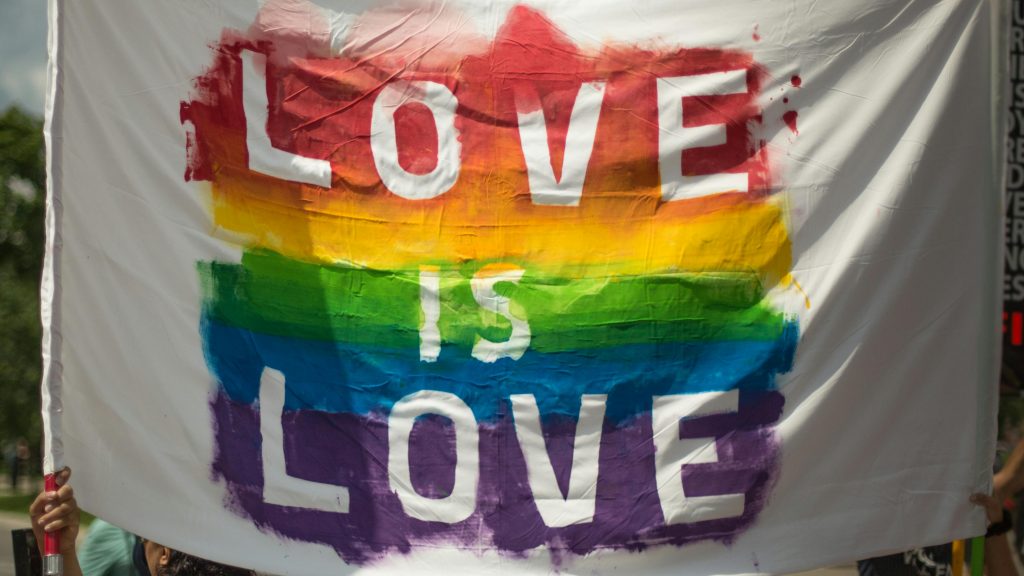
In the context of encounters between cisgender and transgender people, it is essential to promote mutual understanding and respect. All too often, awkwardness or misunderstandings can arise due to a lack of knowledge about different gender identities and sexual orientations. These mistakes, though often unintentional, can hurt or offend the people involved. To help prevent such situations, I’ve put together this comprehensive lexicon of gender and sexuality.

Photo 42north
Understanding appropriate terms and recognizing offensive ones is crucial to creating an inclusive and respectful environment. Some terms can be offensive because they are rooted in negative stereotypes, misunderstandings or a lack of recognition of the lived experiences of transgender and non-binary people. For example, using outdated or pathologizing terms (such as transsexual instead of transgender) can not only be disrespectful, but also undermine the dignity of the people concerned. This glossary aims to provide clear and respectful definitions, enabling everyone to express themselves in an informed and caring way. We’re off.
What is gender?
Basically, it’s the feminine or masculine gender that a person displays. More precisely, gender is a social and cultural construct that concerns a person’s personal identity and expression as male, female, both, neither, or other. Unlike sex assigned at birth, based on biological characteristics, gender is an inner experience that may or may not correspond to traditional societal expectations. In concrete terms, you could be born a man, but inside feel like a woman. It includes a variety of identities such as cisgender, transgender, non-binary, and many others. Gender identity is personal and subjective, reflecting how a person perceives themselves and wishes to be recognized in society.
What about sexual orientation?
Sexual orientation refers to a person’s emotional, romantic and/or sexual attraction to other individuals. It determines preferences in terms of potential partners and includes categories such as heterosexual, homosexual, bisexual, pansexual, asexual, among others. Unlike gender, which is a matter of personal identity, sexual orientation is about who we are attracted to and with whom we wish to establish intimate relationships. It can be fluid and evolve over the course of a lifetime, reflecting the complexity of human experiences of affection and desire.
So there you have it. Now that that’s out of the way, we can start reading the little lexicon of gender and sexuality.
Genders
1. Cisgender: a person whose gender identity corresponds to the sex assigned at birth.
2. Transgender: a person whose gender identity does not correspond to the sex assigned at birth.
3. Non-binary: a person who does not identify exclusively as male or female. This term encompasses many gender identities that fall outside traditional gender binarity.
4. Gender fluid: a person whose gender identity changes over time. He or she may switch from one gender identity to another at different times.
5. Gender neutral/Agender: a person who does not identify with any gender or who identifies as genderless.
6. Bigenre: a person who identifies as having two genders, either simultaneously or alternately.
7.Third gender: some cultures recognize a third gender, distinct from masculine and feminine.
8. Genderqueer: a generic term for gender identities that do not conform to traditional gender norms.
9. Androgynous: a person who presents or expresses traits considered to be both masculine and feminine.
10. Demiboy / Demigirl: a person who identifies partly, but not entirely, as a man (demiboy) or as a woman (demigirl).

Photo fransa
Sexuality
1.Heterosexual: a person who is sexually and/or romantically attracted to individuals of the opposite sex.
2. Homosexual: a person who is sexually and/or romantically attracted to individuals of the same sex.
3. Bisexual: a person who is sexually and/or romantically attracted to individuals of both sexes or more than one gender.
4. Pansexual: a person who is sexually and/or romantically attracted to individuals regardless of their sex or gender.
5. Asexual: a person who feels no sexual attraction to others, although he or she may feel a romantic attraction.
6. Demisexual: a person who feels sexual attraction only when a strong emotional bond has been established.
7. Queer: an inclusive term for all sexual orientations and gender identities outside traditional norms. It can also represent a sexual identity in itself.
8. Polysexual: a person sexually and/or romantically attracted to several genders, but not necessarily all.
9. Sapiosexual: a person sexually attracted to the intelligence of others rather than to physical attributes.
10. Aromantic: a person who feels no romantic attraction to others, although he or she may experience sexual attraction.
11. Graysexual: a person who rarely feels sexual attraction, or only under certain specific conditions.
Other important terms
1. Gender dysphoria: the discomfort or distress caused by a discrepancy between a person’s gender identity and their assigned sex at birth.
2. Transition: the process by which a transgender person takes steps to live in accordance with their gender identity. This may include social, medical and/or legal changes.
3. Gender expression: the way in which a person presents their gender to the outside world, including behavior, physical appearance, style of dress and choice of pronouns.
4. Sex assignedat birth: the classification of a newborn as male or female based on visible anatomical characteristics.
5. Intersex: a person born with sexual characteristics that do not correspond to the typical definitions of male or female sex.

Photo Barcelos Fotos
Final word
I hope this glossary will contribute to a better understanding and more respectful communication between members of our community. And that you’ll avoid any future awkwardness when flirting with a trans woman. By taking the time to learn and use these terms correctly, everyone can play a part in creating a space where all gender identities and sexual orientations are recognized and respected. Dating should be a positive experience for everyone, and that starts with respecting the words we use. With the help of this lexicon, you can reduce the small kinks and promote a culture of respect and inclusivity.
XLoveCam is not responsible for blog content that isclaimed tobe written by an external party.







